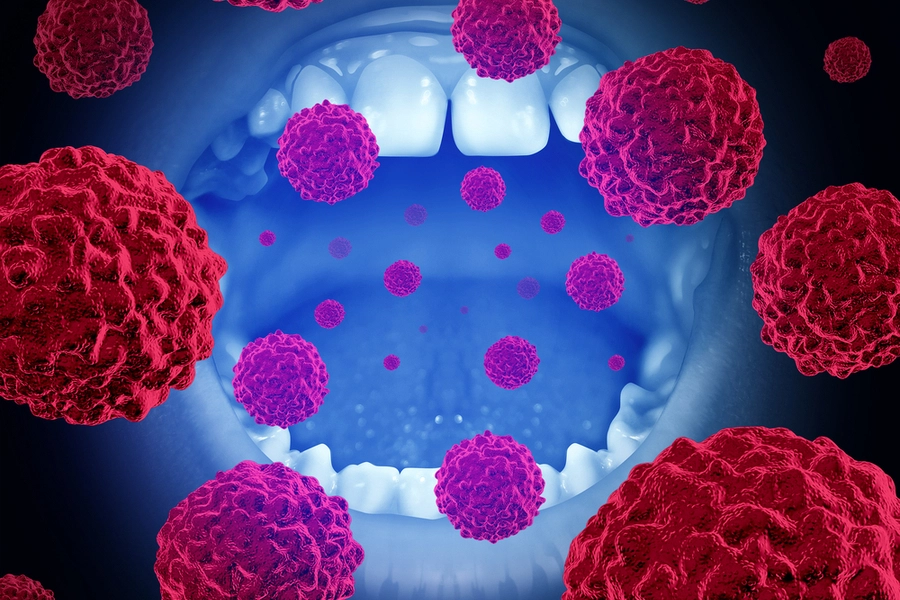Emergency Dentistry at London Dental Treatment

Clinically, a dental caries lesion (a cavity) occurs when a hole appears outer surface of the tooth. However, when this is observed, dental caries has proceeded to the late stage. A clinically noticeable white lesion may precede the carious lesion. However, these white spots may not proceed to dental decay. Interproximal (between) tooth surfaces may only be visible with the use of a dental X-ray (radiograph), and the decay can go unnoticed in these areas until it is too late in the caries process.
Diagnostic tests for dental caries are non-invasive. This is due to the fact that the teeth are exposed to the environment and can be visualized by looking into oral cavity (mouth). During a clinical examination, the dentist will use a dental explorer to help diagnose dental caries. When the explorer is placed into a cavity it will usually stick into the decayed area. Dental radiographs (X-rays) are used to help the dental professional diagnose caries that cannot be viewed directly or detected by the explorer. Conventional dental therapy is based on response to symptoms.


